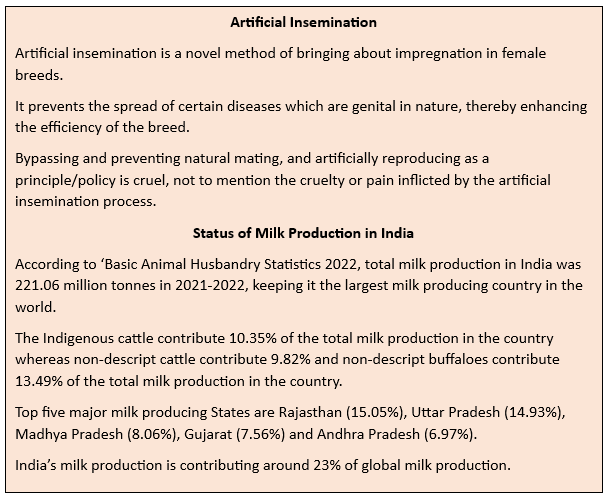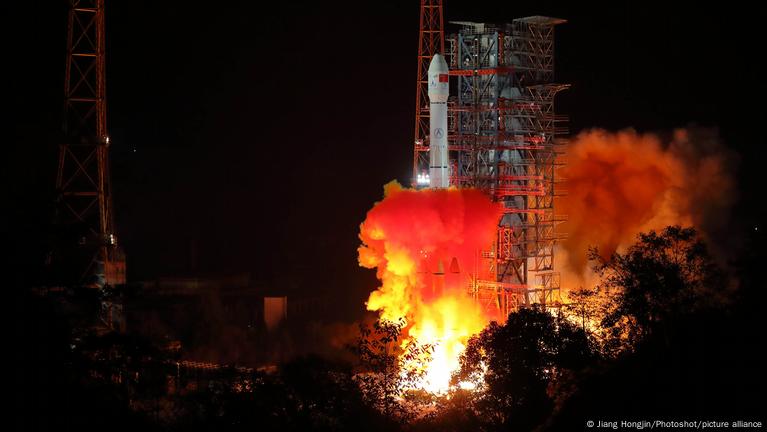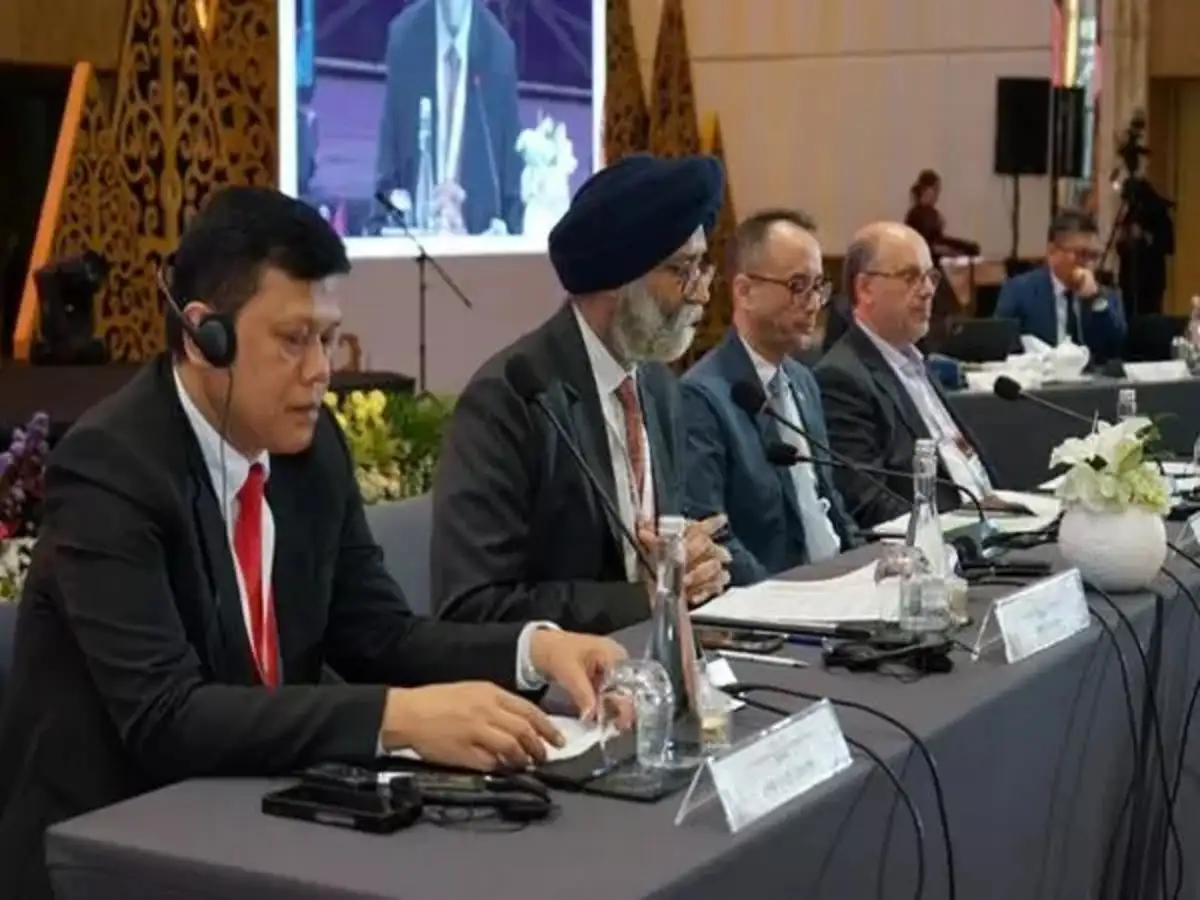- Courses
- GS Full Course 1 Year
- GS Full Course 2 Year
- GS Full Course 3 Year
- GS Full Course Till Selection
- Online Program
- GS Recorded Course
- NCERT (Recorded 500+ Hours)
- Polity Recorded Course
- Geography Recorded Course
- Economy Recorded Course
- AMAC Recorded Course
- Modern India, Post Independence & World History
- Environment Recoded Course
- Governance Recoded Course
- Science & Tech. Recoded Course
- International Relations and Internal Security Recorded Course
- Disaster Management Module Course
- Ethics Recoded Course
- Essay Recoded Course
- Current Affairs Recoded Course
- CSAT
- 5 LAYERED ARJUNA Mentorship
- Public Administration Optional
- ABOUT US
- OUR TOPPERS
- TEST SERIES
- FREE STUDY MATERIAL
- VIDEOS
- CONTACT US
CLIMATE CHANGE AND INDIAN DAIRY SECTOR
CLIMATE CHANGE AND INDIAN DAIRY SECTOR
Latest Context
In March 2022, a study published in the Lancet estimated that increasing temperatures could reduce milk production in India’s arid and semi-arid regions by 25 per cent by the end century in 2085. This estimation for arid and semi-areas is the second highest in India, after Pakistan (at 28.7 per cent). In humid and sub-humid areas, this reduction was estimated at 10 per cent.
Impact of Heat Stress on Cattles
- Elevated temperatures have an impact on the cow's capacity to exhibit natural mating behaviour because they shorten and weaken the oestrus (a female animal's expression of readiness to mate) expression.
- According to the study, the decline in conception rates over the summer can be between 20 and 30 per cent.
- The Lancet Study also demonstrates that dairy cows that are lactating are more susceptible to heat stress than nonlactating (dry) cows.
- Furthermore, higher-yielding cows are more susceptible to heat stress than lower-yielding animals due to the positive correlation between milk yield and heat generation.
- The amount of milk produced in the nation has been rising steadily. Meeting domestic demand will be challenging, and the effects of rising temperatures, particularly on cross-bred cows, could eventually cause per capita consumption to drop.
- Climate change is anticipated to have an impact on the dairy industry both directly and indirectly.
- Direct Impact: Changes in the temperature-humidity index would stress animals, which would have a direct impact on milk production.
- Indirect Impact: Adverse climate events have indirect consequences on the availability of feed and water.
Challenges Faced by Dairy Farmers
- Farmers claim that the government has established regulations that further threaten to lower the nation's milk productivity rather than addressing the fundamental problems.
- One such policy is the generation of sex-sorted semen, which seeks to generate solely female calves with "90% accuracy". This has been done to increase milk output and decrease the number of stray cattle.
- In accordance with the initiative, which offers a subsidy of Rs 750 or 50% of the cost of sex-sorted semen on assured pregnancy, 5.1 million pregnancies would be created over the course of the following five years.
- This policy has the effect of gradually ignoring and removing male animals.
- 50% of the calves in artificial insemination and 50% of the calves in natural service are male and female. This policy will result in the growth of female cattle.
- The government has disregarded the fact that male cattle can be used as a source of energy in agriculture.
- Due to the anti-slaughter laws in many States, selling cows has become challenging. This raises the question of the usefulness of female animals when they become unproductive.
Way Forward
- Encourage research and innovation in cattle breeding and management techniques to lessen the effects of climate change.
- Encourage the use of renewable energy sources for dairy operations and sustainable farming methods.
- Promote legislation that takes cattle's well-being, including that of male and female cattle.
- Examine your alternatives for managing unproductive female cattle in a responsible manner.
All of us are impacted by climate change, therefore in addition to developing adaptation methods, the dairy industry needs to do its part to mitigate the problem by lowering its greenhouse gas emissions.

Q. Consider the following statements: (UPSC-2014)
1. Animal Welfare Board of India is established under the Environment (Protection) Act, 1986.
2. National Tiger Conservation Authority is a statutory body.
3. National Ganga River Basin Authority is chaired by the Prime Minister.
Which of the statements given above is/are correct?
(a) 1 only
(b) 2 and 3 only
(c) 2 only
(d) 1, 2 and 3
Ans: (b)



